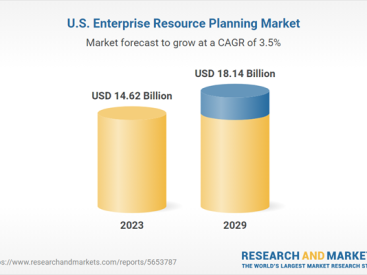Public market pressures, a need for liquidity and limited partners looking to balance their portfolios are factors driving a surge in secondary transactions. How long will the trend continue? “It’s definitely a very frothy market and the expectation is that there’s going to be a lot of secondary transactions taking place,” says Matt Wiener , a managing director at Aon . “In particular, if we continue to see some of the M&A headwinds that we were facing last year, like rising interest rates, this will continue to create disparity around valuations. Valuations aren’t where they were in 2021 and so parties just aren’t transacting at the same pace historically. The lack of opportunity is creating the need for sponsors to find unique ways to create liquidity for their investors.” More investors are looking to have a portion of their portfolio dedicated to secondary funds, Wiener says. Rather than investing in a new blank check, he says, referencing the SPAC craze seen early last year — secondaries allow investors to secure a mature asset where they can understand the business and get a better sense of how it has performed historically and how it may perform in the future. Secondary […]
Click here to view original web page at www.themiddlemarket.com



